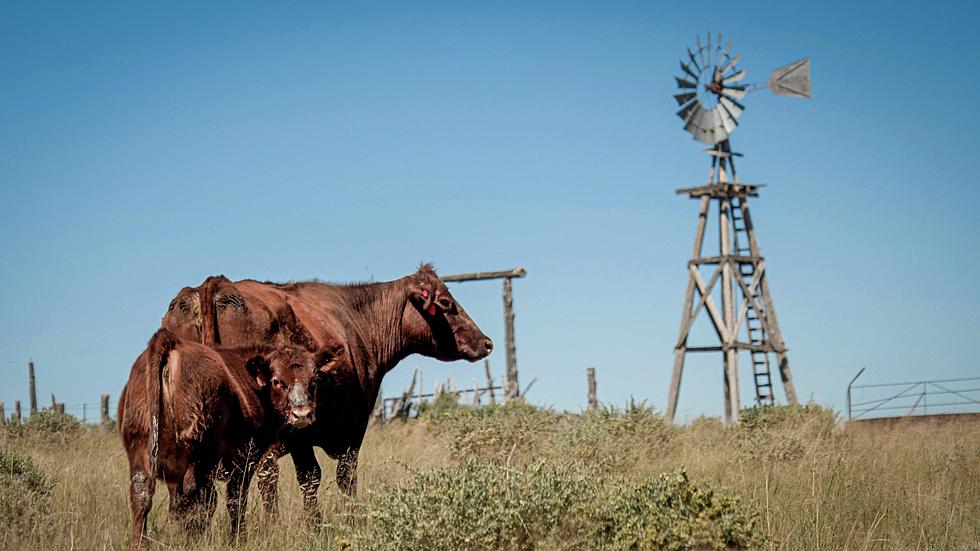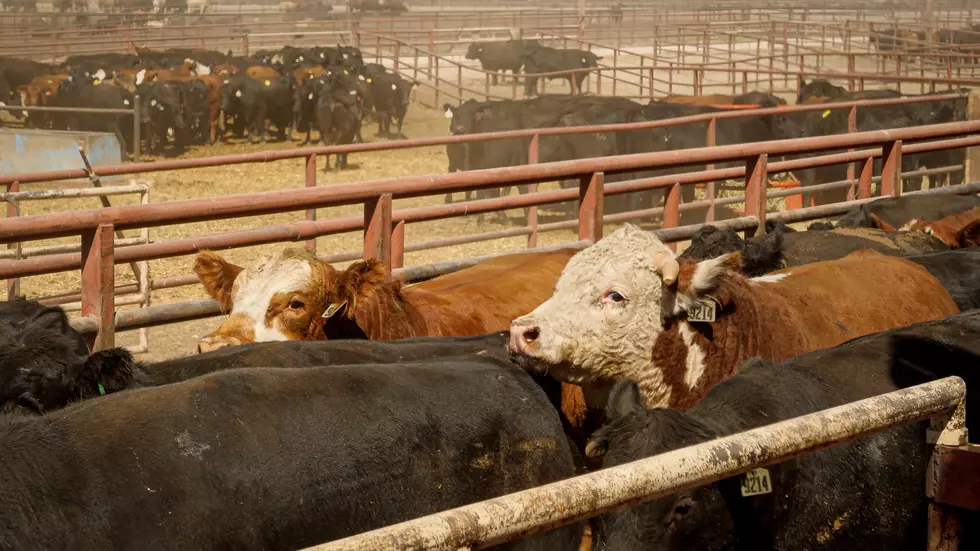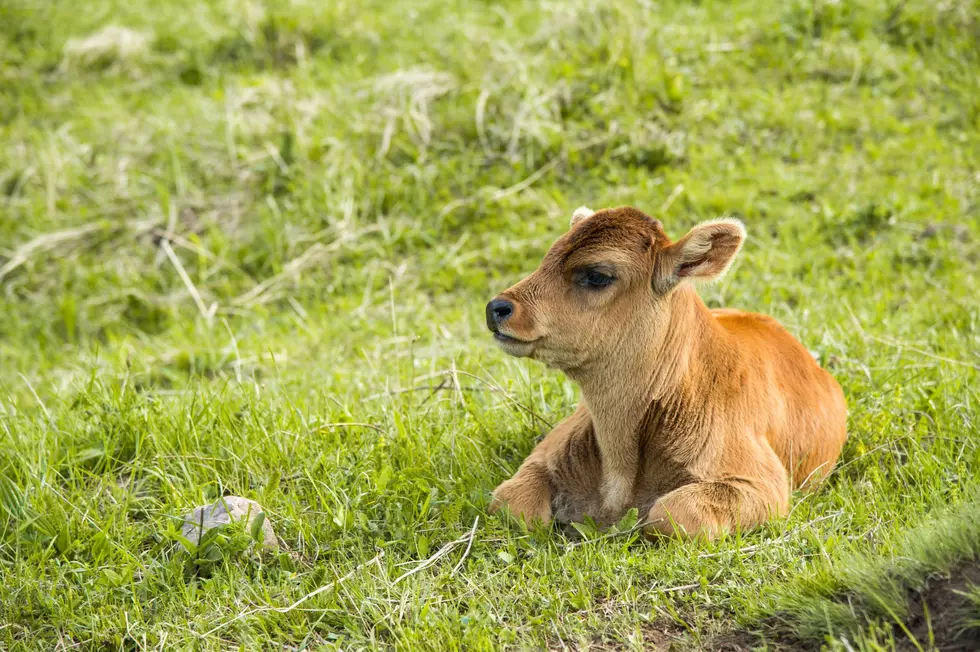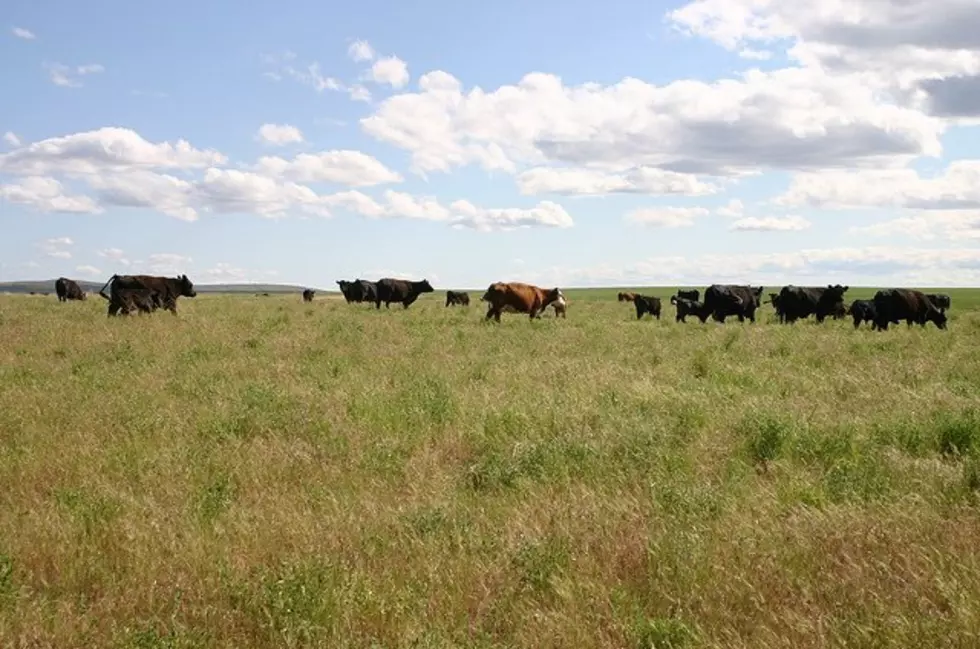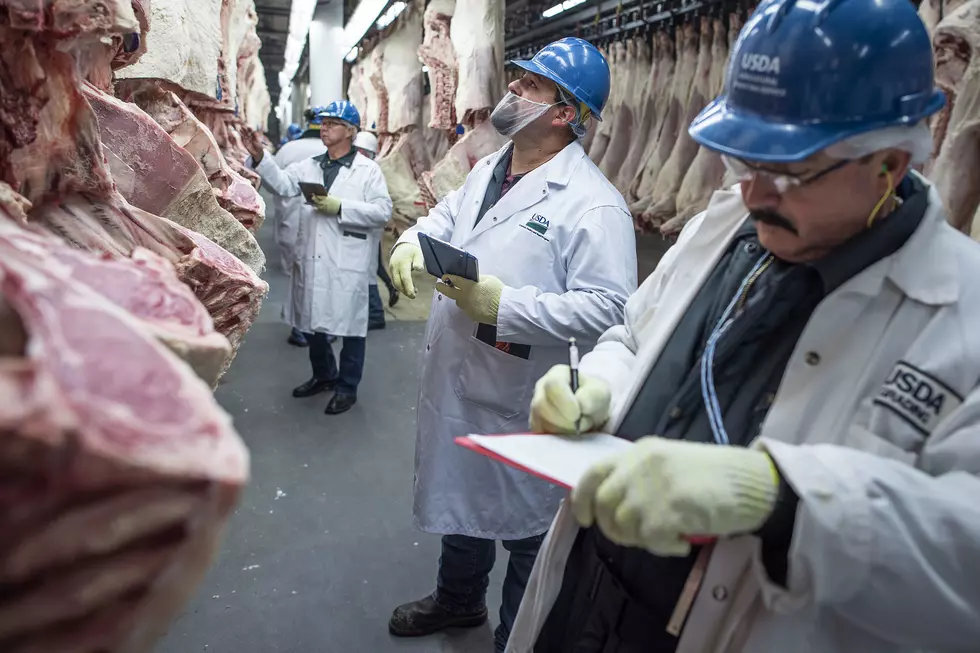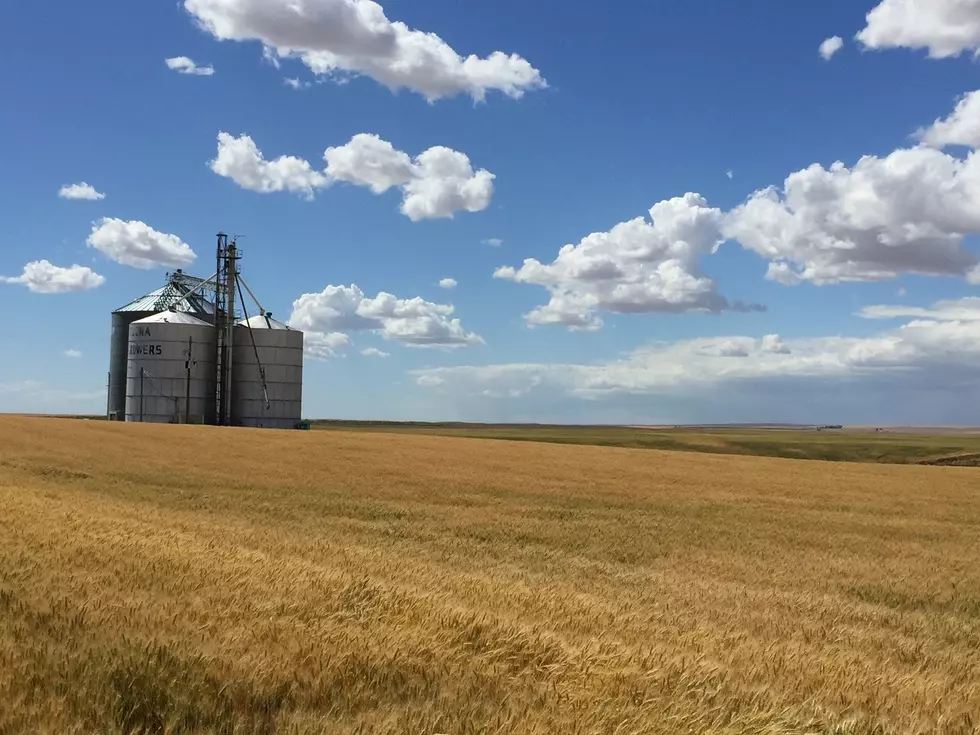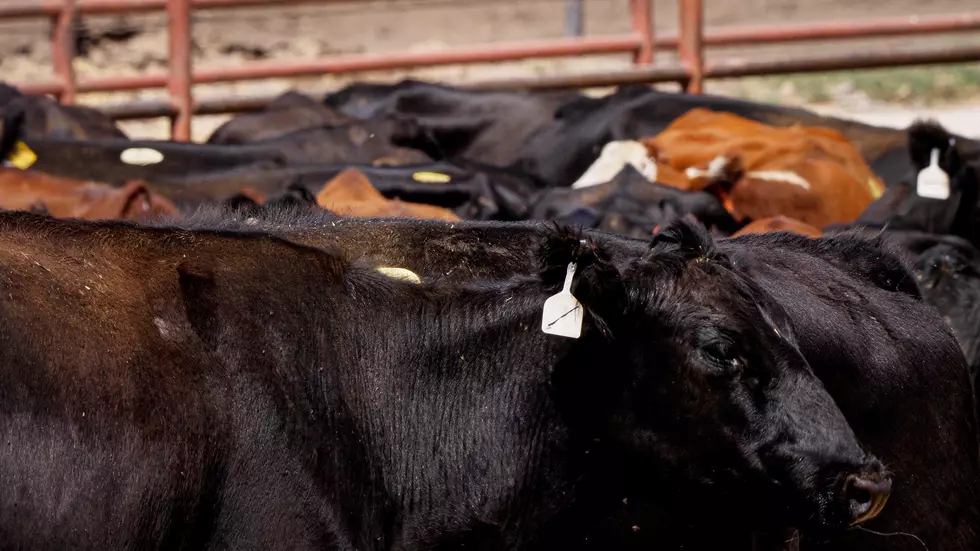
Higher Calf Prices, But Higher Feed Bill
As the 2023 fall calf run takes form, expect to see plenty of cattle pots and pickups with trailers heading down the road.
Approaching the fall auction market sales, video auctions set the pace for what looks like a higher year for calves coming to market. Some of the prices realized mirror what producers saw in 2014 or even exceed those higher prices. Many factors play into this like a smaller cattle inventory and reports of high beef demand, at least in the U.S.
Oregon Cattlemen's Association president and Enterprise, OR, rancher Todd Nash says the prices look good but we have to realize what has happen to the industry and consumers over the last ten years.
"With all the other constraints of inflation, it isn't the same profit that we recognized back then," Nash explains. "There are a lot of factors at play. We have certainly seen a draw down of the number of cattle at play and the number of producers. Since 2000, the U.S. cattle herd has decreased by five million head, equating to losing about 130,0000 ranchers. The average herd size per producer is 42 head, which is smaller than most people realize."
Another factor for higher calf prices is demand. Nash says that in the 1970s, the United States had a consumption rate of over 100-pounds of beef per capita, compared to today's 60-pounds. The demand is still strong for beef but it is also based on what stores can charge and what consumers are willing to pay, which has caused a drop in the amount consumed.
On the production front, there are inputs that go into make that beef. Producers were paying record prices to purchasing hay in recent years but now there is a glut of hay with trade issues, dairy and beef herd reductions, and good haying conditions for 2023. In similar fashion, corn, wheat, and other feed reached highs, but have come down since then. Some ranchers may be using this year's profits to cover expenses or pay loans used to buy feed over the high cost time.
"That makes a huge difference when you look at the cost of feeding cattle, the cost of keeping your cows on the ranch," Nash said. "But a lot of our producers are also hay producers that sell that as a commodity to sell their best hay to offset some of the down markets. It compounds the whole scenario. Some may be celebrating lower hay prices but its also hurting others at the same time. It would be nice to strike a balance, but that never seems to happen."
As more calves come to the local auction barn to be sold, the prices may see a drop. This is because of simple supply and demand. Feedlots will fill, feeders will adjust for feed and space available. There could also be less feed on hand that would cause prices to fall. However, there may be fewer calves fed based on available numbers which would keep prices higher until beef demand is met or another protein source becomes cheaper.
For now, ranchers are glad to see higher fall prices for their calves and consumers will still see reasonably priced beef in the case and on their plates.
###
39 Yummy Restaurants Guy Fieri Has Visited In Washington State
Gallery Credit: Rik Mikals
More From PNW Ag Network
